Before home consoles took over, arcades were magical kingdoms of electronic wonderment where quarters were currency and high scores were legendary. These dimly lit sanctuaries were more than just game rooms—they were social spaces where teenagers gathered, competed, and created memories that would last a lifetime. Each blinking screen and electronic sound represented a portal to extraordinary worlds of imagination and skill.
1. Pong: The Game That Started Everything
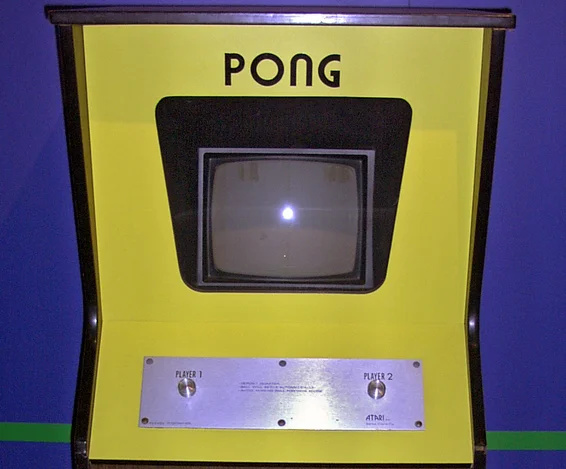
Pong wasn’t just a game—it was the big bang of video game culture that transformed electronic entertainment forever. This deceptively simple tennis simulation captured the imagination of an entire generation with its stark white lines and bouncing square “ball”. Two paddles, one moving ball, and endless hours of competitive joy defined the earliest moments of video game history. The Guardian suggests that Pong changed the world so extensively it allowed games to have narrative depth to them.
The game’s fundamental simplicity belied its revolutionary nature. Players would stand shoulder-to-shoulder, carefully manipulating knobs to return the pixelated ball, creating intense moments of concentration and competition. Pong represented the first time technology could create a truly interactive entertainment experience that brought people together.
2. Space Invaders: Alien Invasion Excitement

Space Invaders transformed arcade culture, creating a global phenomenon that captured the imagination of millions. Row after row of descending alien attackers challenged players to defend Earth with a single cannon, creating unprecedented tension and excitement. The game’s gradually increasing speed and rhythmic electronic soundtrack became a defining soundscape of the era. For an extra shock, Smithsonian Magazine notes that the generation that grew up with this game now has families of their own.
Each alien destroyed was a victory, each lost cannon a moment of pure drama. The game tapped into Cold War anxieties and science fiction excitement, offering players a chance to be heroic defenders against an unknown threat. Space Invaders wasn’t just a game—it was a cultural touchstone that defined an entire generation’s relationship with technology.
3. Pac-Man: The Ultimate Maze Challenge
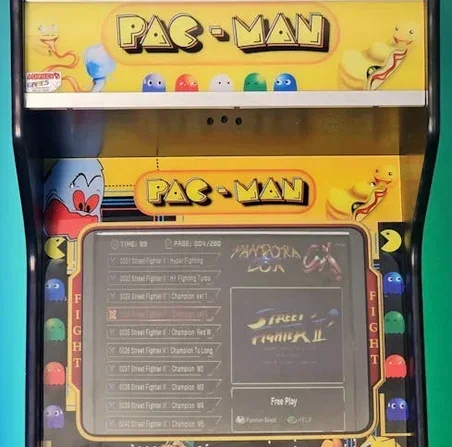
Pac-Man was more than a game—it was a cultural icon that transcended video game culture. The simple concept of a circular character eating dots while avoiding ghosts became a global sensation that appealed to players of all ages. Brightly colored mazes and distinctive character designs made Pac-Man instantly recognizable worldwide. The MIT Press Reader offers further context at just how extensively this yellow sphere and shapeless ghosts changed the landscape of gaming.
The game’s appeal went far beyond gameplay, spawning merchandise, television shows, and becoming a legitimate pop culture phenomenon. Players would spend hours perfecting strategies, learning ghost movement patterns, and competing for high scores. Pac-Man represented a perfect blend of challenge, design, and pure entertainment.
4. Asteroids: Space Combat Precision
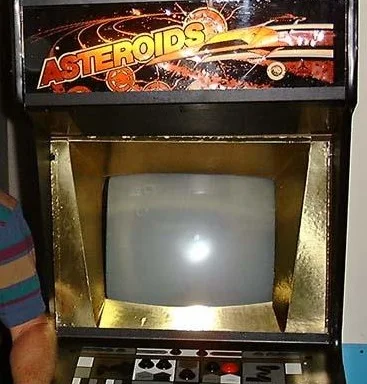
Asteroids challenged players with its vector graphics and complex movement mechanics, offering a more sophisticated gaming experience. Players controlled a triangular spaceship, destroying asteroids and flying saucers while navigating a constantly moving field of space debris. The game required extraordinary hand-eye coordination and strategic thinking.
The revolutionary control scheme—using thrust, rotate, and fire buttons—created a sense of genuine space navigation. Each successful asteroid destruction felt like a genuine accomplishment, requiring precision and skill. Asteroids represented a more cerebral approach to arcade gaming, appealing to players who enjoyed strategic challenges.
5. Donkey Kong: Platform Gaming Revolution
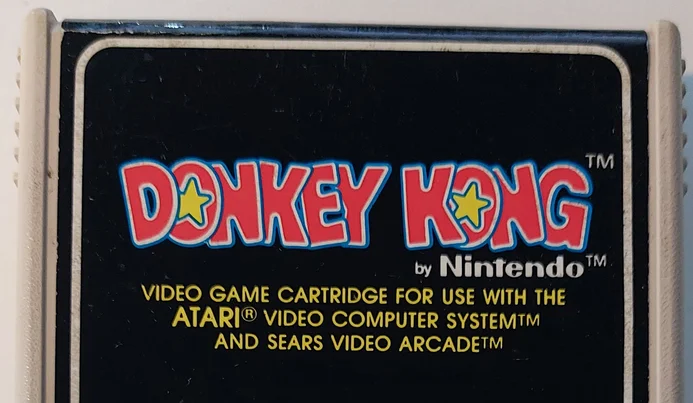
Donkey Kong introduced the world to Mario (then called Jumpman) and revolutionized platform gaming forever. Players guided a tiny character up increasingly complex structures while avoiding barrels thrown by a massive gorilla, creating unprecedented narrative complexity in video games. The game’s characters and gameplay mechanics would influence generations of future games.
The combination of challenging obstacles, recognizable characters, and progressive difficulty made Donkey Kong a landmark in video game design. Each level presented new challenges, requiring players to develop increasingly sophisticated strategies. The game transformed arcade experiences from simple shooting or movement challenges to complex narrative adventures.
6. Centipede: Insect-Themed Shooting Gallery
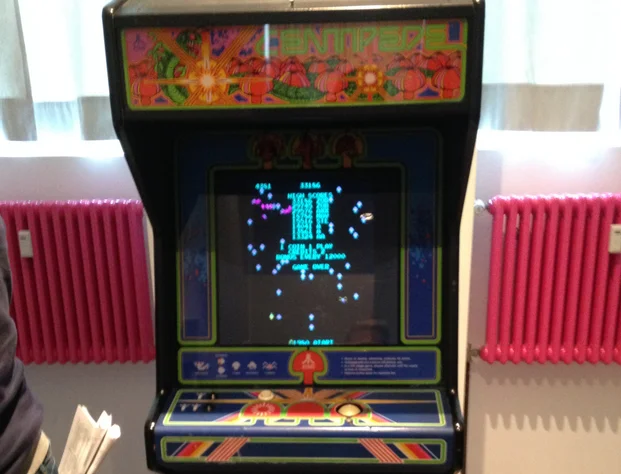
Centipede offered a unique shooting experience that broke away from traditional space and military themes. Players controlled a small shooter at the bottom of the screen, battling a descending centipede, mushrooms, and various insects. The game’s colorful design and rapid gameplay created an intensely engaging experience.
The game’s innovative trackball controls added a layer of precision and physicality to gameplay that was revolutionary for its time. Female game designer Dona Bailey created Centipede, bringing a fresh perspective to arcade game design. The game represented a moment of genuine innovation in a male-dominated industry.
7. Galaga: Space Combat Perfection
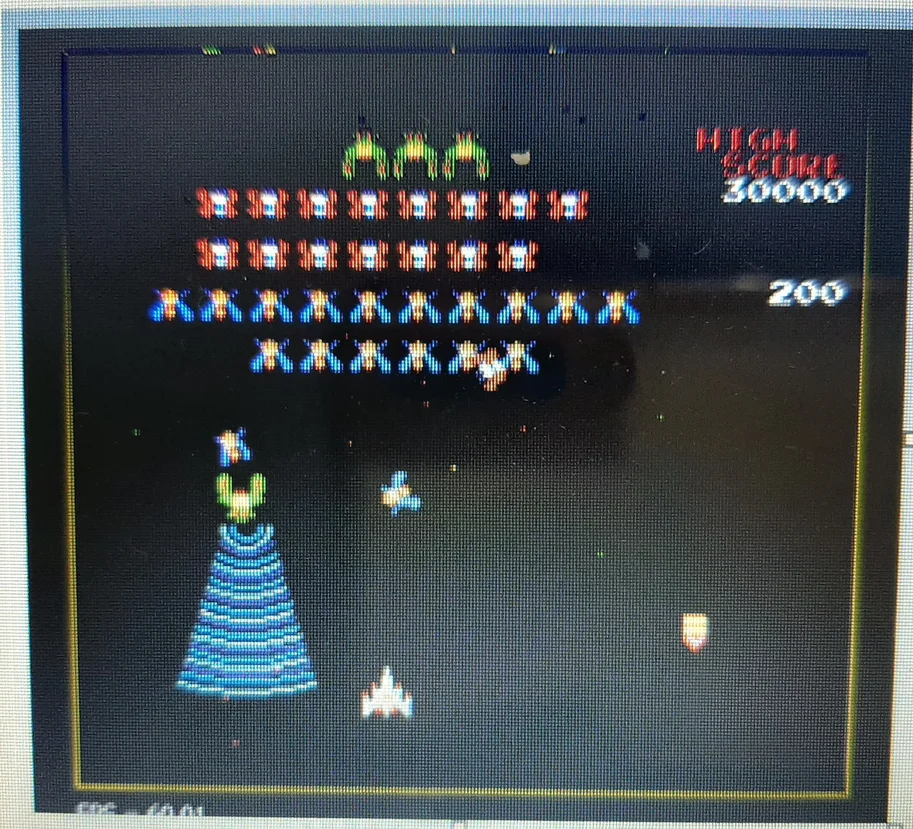
Galaga took the Space Invaders concept and elevated it to an art form, offering more complex gameplay and stunning visual design. Players controlled a spaceship battling waves of increasingly sophisticated alien attackers, with bonus stages that allowed players to recapture previously captured ships. The game’s design represented a quantum leap in arcade shooting games.
The game’s “capture” mechanic, where players could lose and potentially rescue their ship, added unprecedented strategic depth. Each wave of attackers presented new challenges, keeping players constantly engaged and excited. Galaga was more than a game—it was a refined piece of interactive entertainment.
8. Missile Command: Cold War Tension
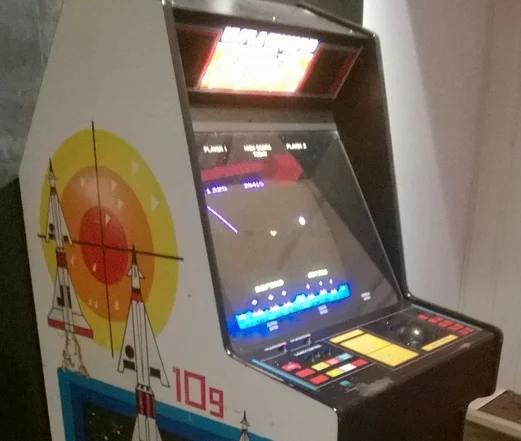
Missile Command transformed Cold War anxieties into an intense gaming experience, challenging players to defend cities from incoming nuclear missiles. Players controlled anti-missile batteries, desperately trying to intercept multiple incoming threats before they could destroy civilian populations. The game’s stark visual design captured the psychological tension of the era.
The game’s underlying message about the futility of nuclear conflict was profound and sobering. Players would watch helplessly as cities were destroyed, creating a sense of genuine emotional stakes rarely seen in video games. Missile Command was as much a social commentary as it was an entertainment experience.
9. Ms. Pac-Man: A Feminist Gaming Icon

Ms. Pac-Man took the beloved Pac-Man formula and added increased complexity and player agency. With multiple mazes, more sophisticated ghost movement, and a female protagonist, the game represented a significant evolution in arcade gaming. Players appreciated the increased challenge and more dynamic gameplay.
The game became a surprising feminist icon, offering a strong female character in an era of male-dominated gaming. Ms. Pac-Man’s popularity rivaled and in many ways exceeded the original Pac-Man, demonstrating the appetite for more diverse gaming experiences. The character became a genuine pop culture phenomenon.
10. Dragon’s Lair: Animated Adventure

Dragon’s Lair revolutionized arcade gaming with its unprecedented use of laser disc animation, offering movie-quality visuals in an interactive format. Players guided a knight through a series of animated challenges, making split-second decisions to avoid death. The game’s stunning Don Bluth animation set new standards for visual storytelling in games.
Each scene was like an interactive cartoon, creating a narrative experience far more sophisticated than previous arcade games. The game’s high difficulty and visual beauty made it a must-play attraction in arcades worldwide. Dragon’s Lair represented a moment when video games began to be seen as a legitimate narrative medium.
11. Defender: Complex Space Rescue

Defender challenged players with its unprecedented complexity, offering a multilayered space rescue game that required mastery of multiple control inputs. Players navigated a spaceship, rescuing humanoids while battling various alien threats across a scrolling landscape. The game’s difficulty was legendary, attracting players who loved genuine challenges.
The game’s multiple gameplay mechanics—including radar, multiple weapons, and complex movement—created an experience that was more simulation than simple arcade game. Defender represented a sophisticated approach to game design that respected players’ intelligence and skill. Each successful rescue felt like a genuine accomplishment.
12. Frogger: Traffic Survival Challenge

Frogger transformed the simple concept of crossing a road into a nail-biting survival experience. Players guided a tiny frog across busy highways and treacherous rivers, requiring precise timing and strategic thinking. The game’s charming visual design and increasingly difficult levels made it a universal favorite.
The game’s underlying metaphor about survival and persistence resonated with players of all ages. Frogger’s simple premise masked a deeply challenging gameplay experience that required genuine skill and patience. Each successful crossing felt like a small victory against seemingly insurmountable odds.
These arcade games were more than mere entertainment—they were cultural artifacts that defined an entire generation’s relationship with technology and play. They represented moments of genuine innovation, storytelling, and human interaction that transcended simple electronic diversions. Beyond pixels and quarters, these games created shared experiences that brought people together, challenged our skills, and opened windows into worlds of imagination that had never existed before. They were the first true interactive storytelling medium, laying the groundwork for everything that would follow in digital entertainment.


